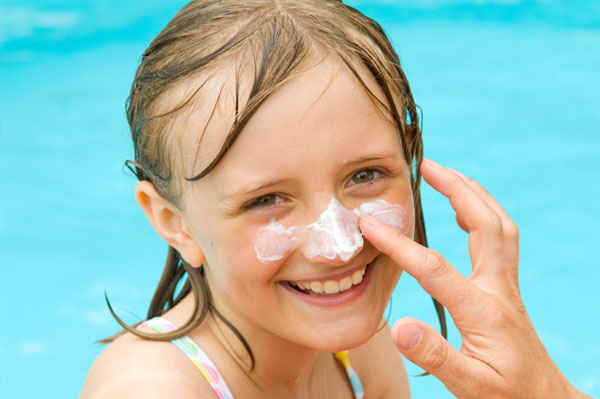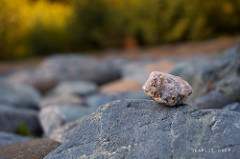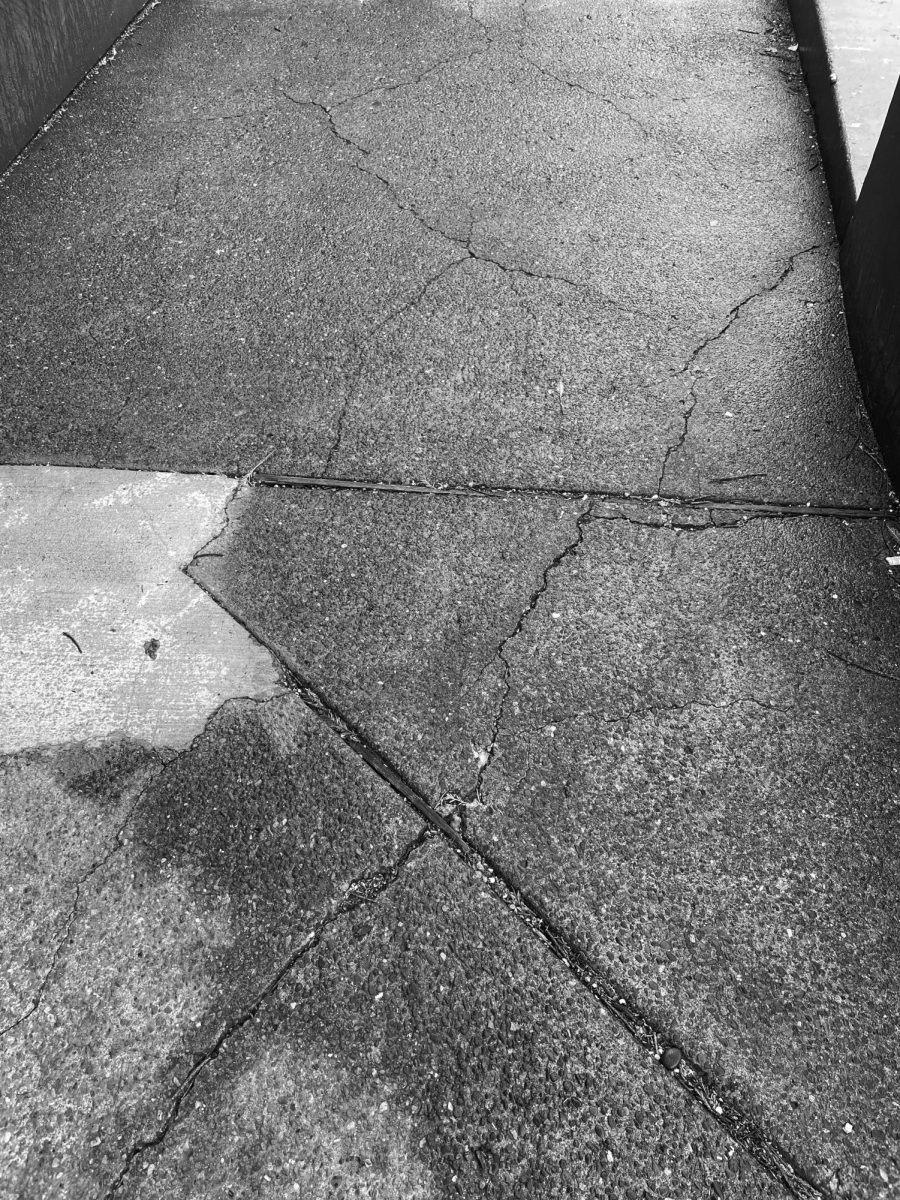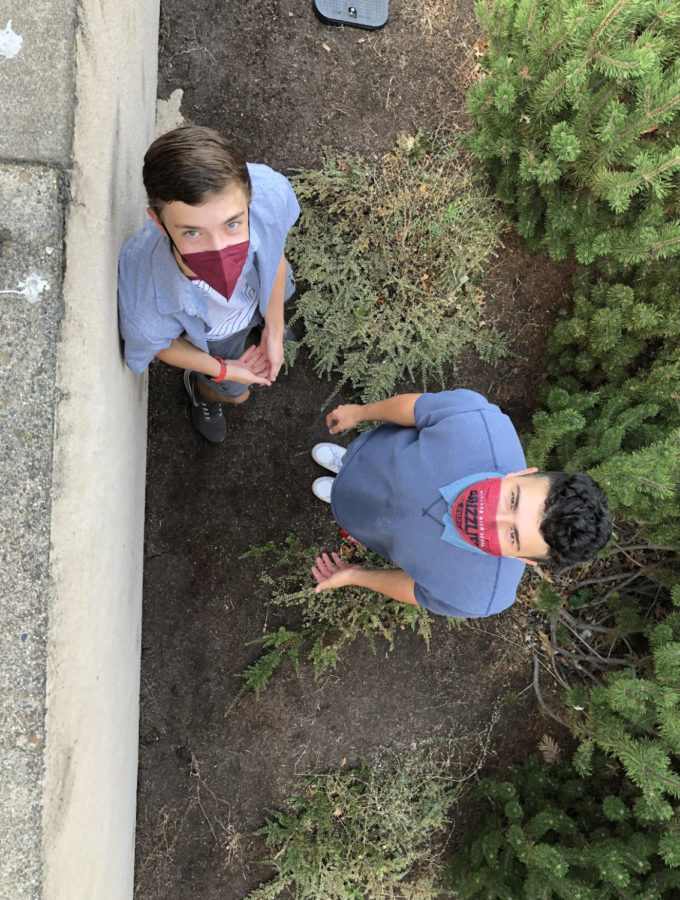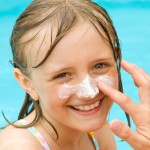 It’s that time of year again. The flowers are blooming, an onset of senioritis (and now the newly diagnosed junioritis) has hit the student body and the sun is beginning to peek through the dense rain clouds. For those who love a great tan, the opportunity is just around the corner… we hope.
It’s that time of year again. The flowers are blooming, an onset of senioritis (and now the newly diagnosed junioritis) has hit the student body and the sun is beginning to peek through the dense rain clouds. For those who love a great tan, the opportunity is just around the corner… we hope.
As people begin to “catch rays” it’s important to remember a few things about protection from the sun. When a person acquires a tan what is really happening is the natural melanin in the skin is absorbing UV radiation to produce melanocytes which act to darken the pigments of your outer layers. Although it sounds complicated, the most important thing to remember is that a suntan is actually the reaction of a small injury being inflicted upon your skin that could result in cancerous growths or wrinkles with aging.
“I think that if you’re careful about tanning naturally then it’s okay. It’s gross when people are my age and they have what looks like the beginnings of skin cancer on their shoulders. However I think that tanning is okay in moderation” junior Megan Mortimer-Lamb said. It’s true that tanning has its benefits. A healthy dose of vitamin D, which people can acquire naturally through about 15 minutes of sun exposure a day, is beneficial to health and happiness.
Staying safe in the sun is easy with periodic sunscreen applications. There are many things to consider when picking a sunscreen that is good for your skin type and sensitivity. Whether you need a sunscreen that is sweat or water resistant is another thing to be considered when acquiring your cream or spray.
The Sun Protection Factor (SPF) of your sunscreen is also an important component as it determines the amount you will be shielded from the sun. While a regular white T-shirt provides about SPF 5, you can purchase articles of clothing with enhanced sun protection to supplement sunscreen. SPF 15 or above is recommended by most dermatologists. The amount your skin is burned as a result of sun exposure while you’re wearing sunscreen is determined by the amount of time in minutes it generally takes you to acquire a burn, multiplied by the number of SPF you are wearing. Therefore, if it generally takes you 5 minutes to burn without sunscreen and you are wearing SPF 20, it will take you about 100 minutes to show a sun burn. Because of this, re-applying sunscreen often throughout a hot day in the sun is important.
Sunscreens that contain avobenzone, ecamsule, oxybenzone, and sulisobenzone, are all good because they contain reactants that protect you from the sun. Sunblocks containing titanium dioxide and zinc oxide are great because they provide a physical barrier between your skin and UV rays. Remember that if you have sensitive skin, it’s important to stay away from sunscreens containing benzephenones (like dioxybenzone), para-aminobenzoic acid (PABA) oxybenzone, or sulisobenzone because they’re harsher chemicals for your skin.
No matter your type, remember to check in with your skin periodically. To get your safe dose of sun every day this summer, be sure to check in with yourself periodically and be sure that you’re not burning.

